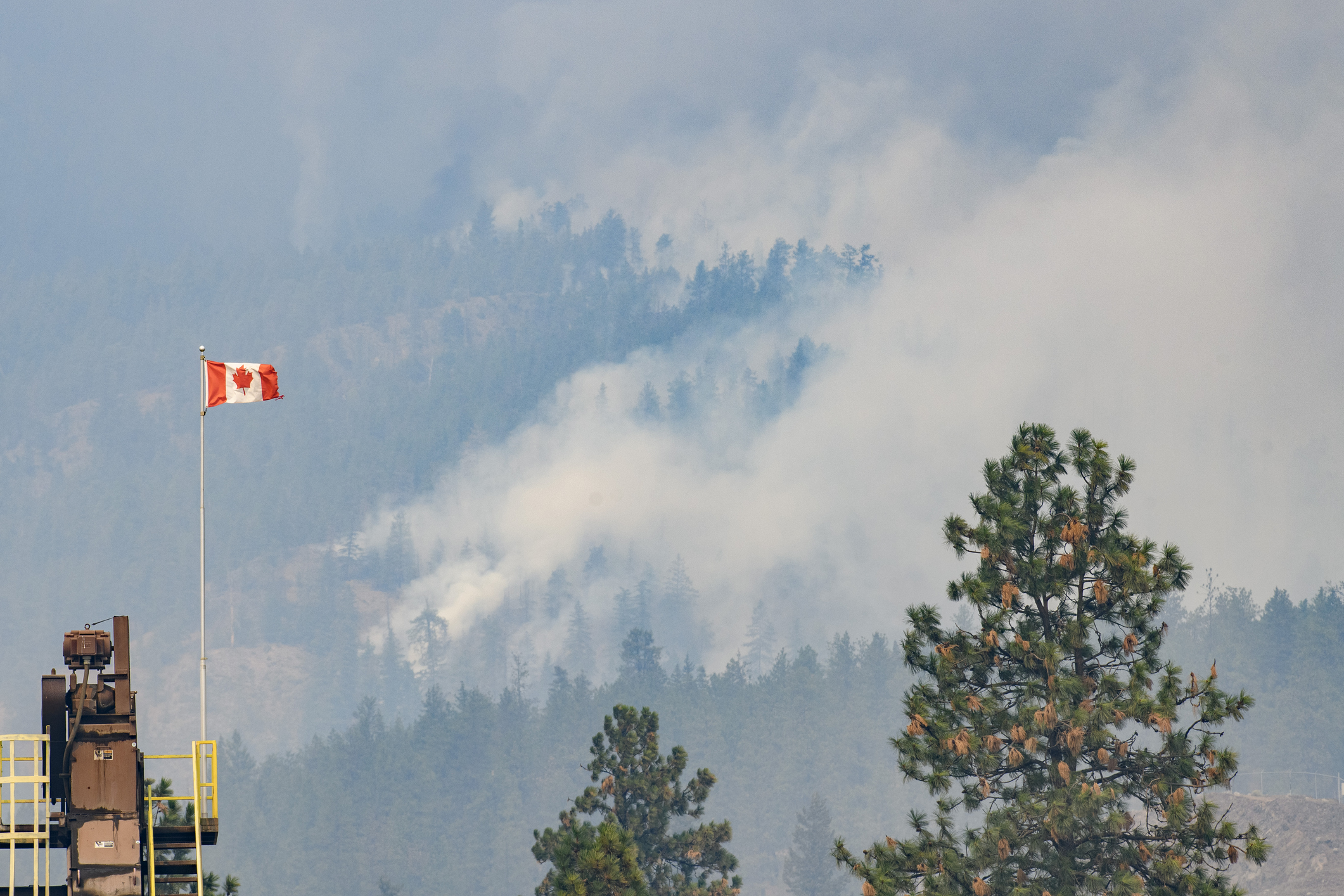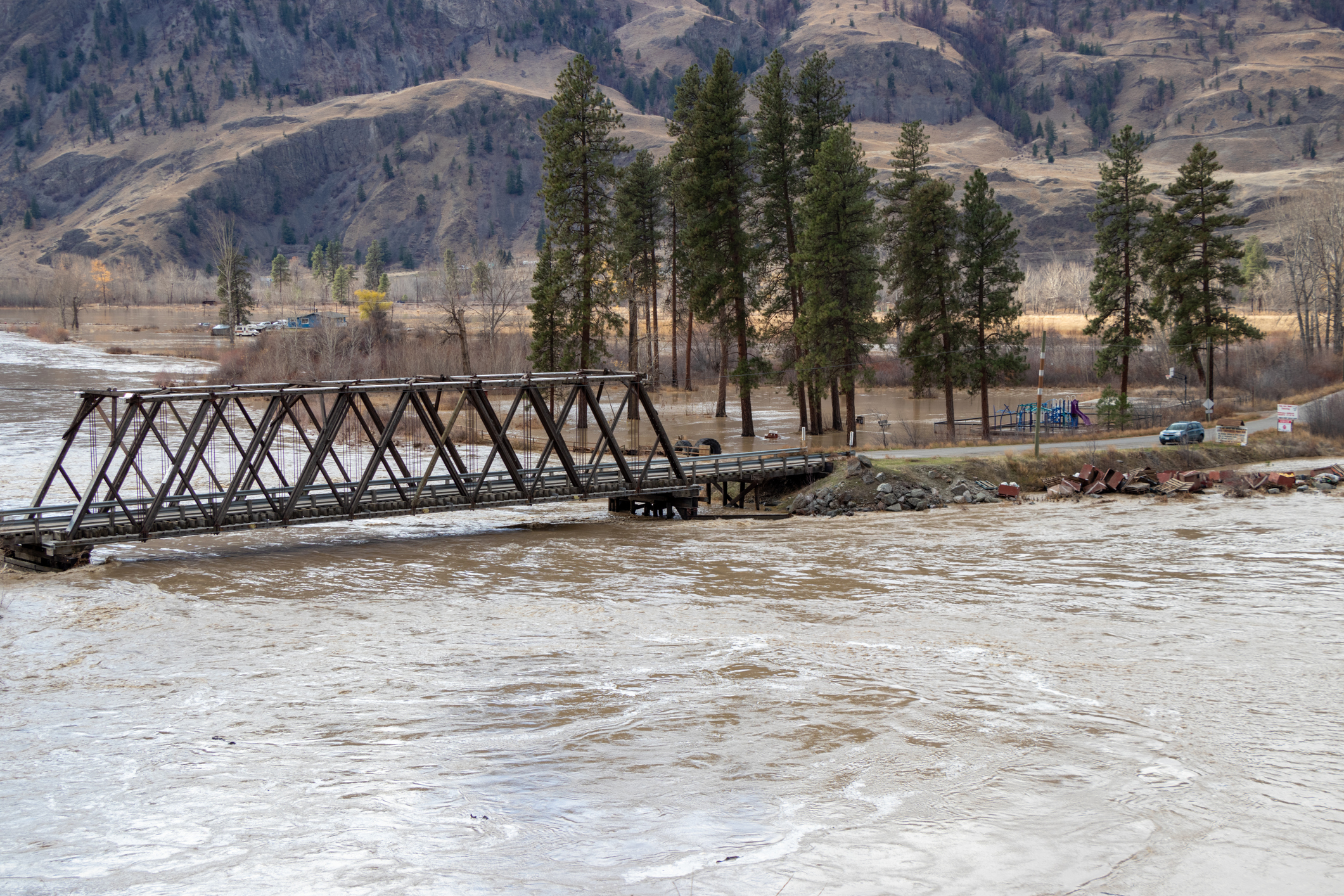
What We Heard: Bridging Knowledges for Climate Action
PICS report summarizes university workshops that connected academic researchers to the BC First Nations Climate Strategy.

PICS report summarizes university workshops that connected academic researchers to the BC First Nations Climate Strategy.

This report shares insights from a March 2025 workshop, outlining next steps to advance nature-based solutions across B.C.’s South Coast.

A practical framework tailored for POLICYMAKERS to embed local priorities, lived experiences, and cultural values into all stages of climate adaptation planning.

A practical framework tailored for COMMUNITIES to embed local priorities, lived experiences, and cultural values into all stages of climate adaptation planning.

A useful resource for communities in B.C. as they consider planning for flooding in a more integrated way.

A printable extreme heat fact sheet that breaks down the science, risks, and what communities need to do to prepare.

A printable wildfire factsheet that breaks down the science, the risks, and what communities can do to prepare.

This report summarizes the findings from the 2025 Western Flood Mapping Conference (WFMC).

The Pacific Institute for Climate Solutions spent a year working with top researchers and practitioners across the province to outline how research and evidence can better inform risk assessments. Our work is detailed in this report.

A collaborative plan that seeks accessible, feasible and affordable solutions that will accelerate the transition to heat-pumps in low-rise MURBs.

This report, published by the PICS-funded Living With Water project, is for practitioners who are interested in using participatory timeline mapping for multiple hazards.

This literature review explores key factors behind declining climate engagement in B.C. and proposes strategies to reverse the trend.